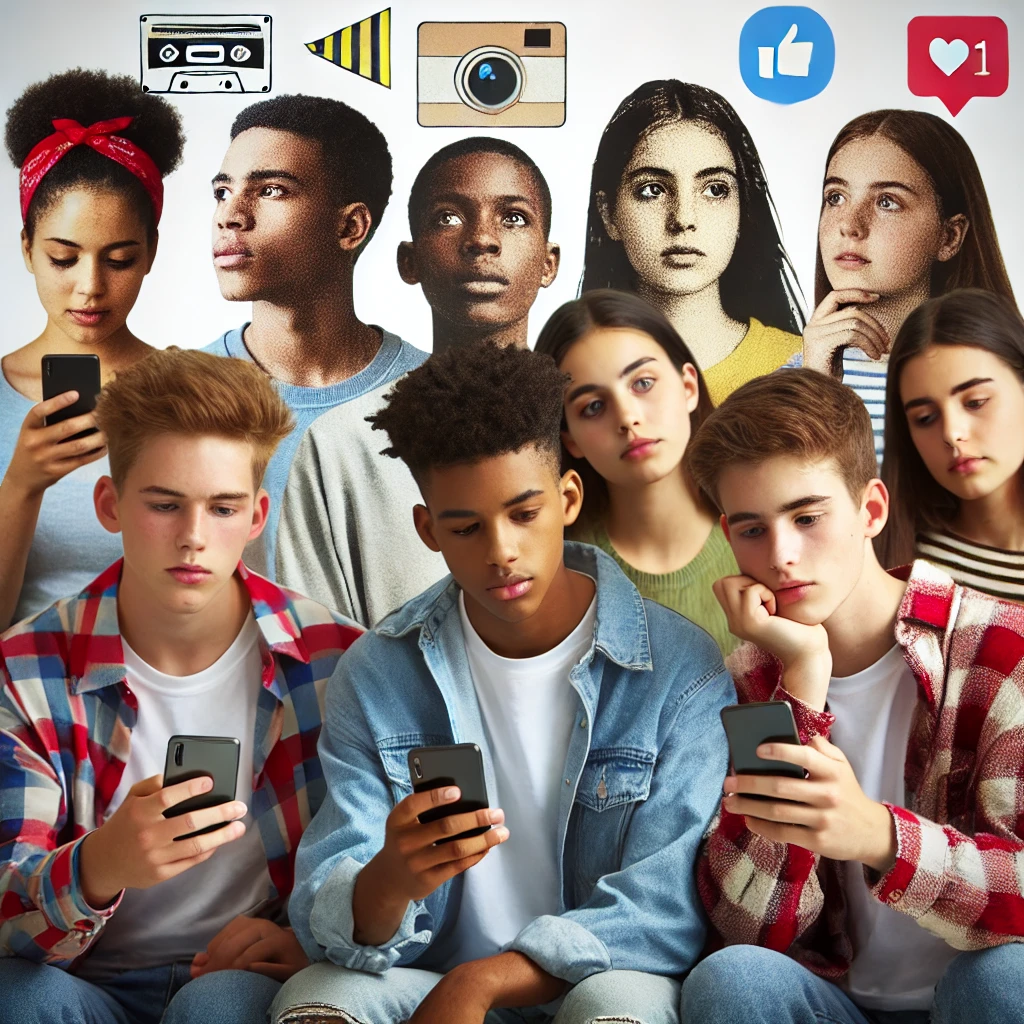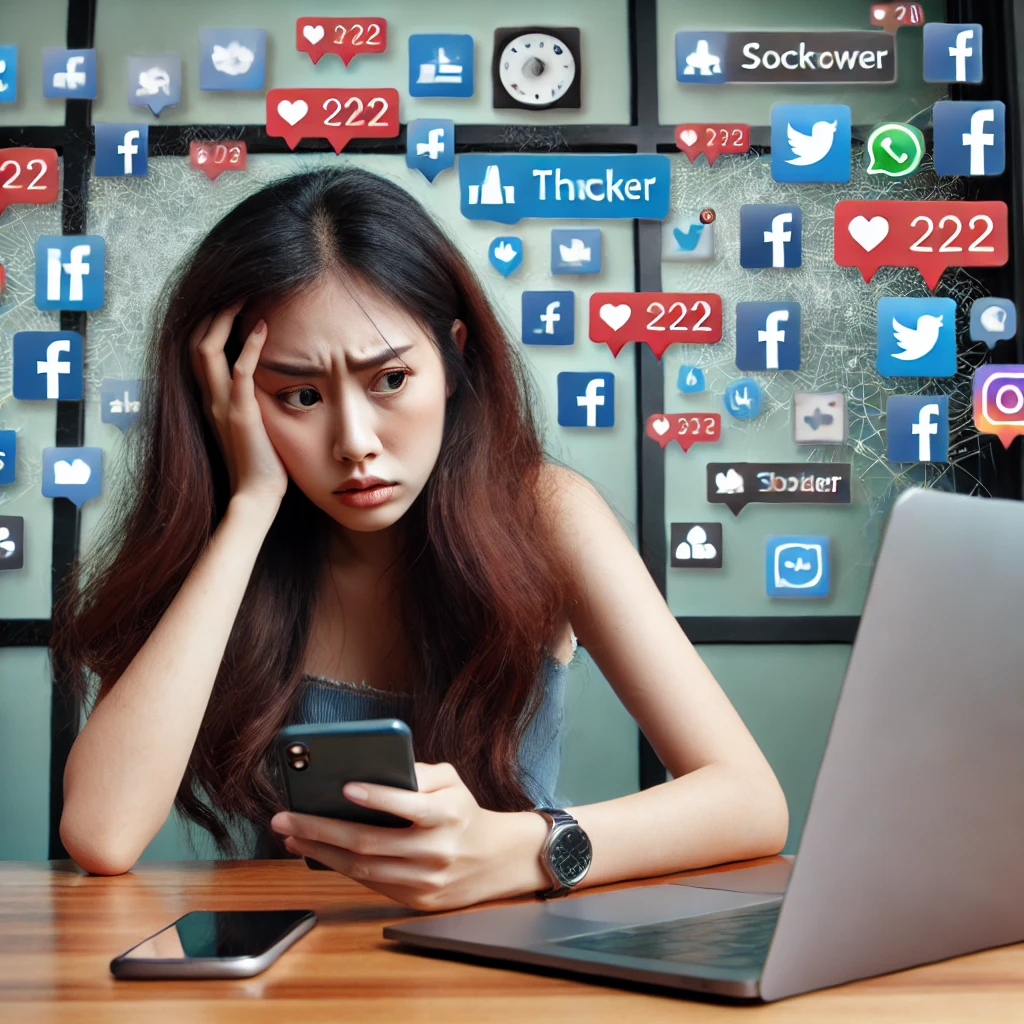From dreamy vacations to flawless selfies, social media influencers often portray a life that seems too good to be true—and in many cases, it is. Beneath the filters and brand deals lies a darker reality rarely discussed in the public eye.
In this blog post, we’ll uncover the hidden truths behind influencer fame: the mental health toll, the illusion of authenticity, ethical grey areas in brand endorsements, the influence on young audiences, and growing alternatives to traditional influencer marketing.
???? Mental Health Struggles Behind the Screen
Influencers face relentless pressure to maintain a perfect online persona. The constant chase for likes, shares, and engagement can lead to:
-
Anxiety and depression
-
Burnout from 24/7 content creation
-
Body image issues and eating disorders
A 2017 study by the Royal Society for Public Health named Instagram the worst platform for mental health, with users reporting feelings of inadequacy, anxiety, and loneliness.
The need to perform online often isolates influencers in real life, creating a vicious cycle of perfection and performance that’s hard to escape.
???? The Illusion of Authenticity
Much of what we see on influencer profiles is carefully curated, scripted, and edited. What looks spontaneous and effortless is often the result of:
-
Staged photoshoots
-
Extensive filters and photo editing
-
Brand-driven content strategies
While influencers may present themselves as relatable, many admit to projecting a lifestyle that doesn't reflect reality. This false sense of authenticity can lead audiences to compare themselves to an illusion, harming self-esteem and promoting unrealistic life goals.
⚖️ The Ethics of Influencer Endorsements
Influencer marketing is big business—but it’s also full of ethical pitfalls.
Some influencers promote products they don’t actually use or trust, driven by financial incentives over personal belief. This can mislead followers into purchasing ineffective or even harmful products.
According to the Federal Trade Commission (FTC), influencers are required to clearly disclose paid partnerships. However, many still fail to follow these guidelines, blurring the lines between genuine recommendations and paid promotion.
???? The Impact on Young Audiences

Young, impressionable followers are especially vulnerable to the pressures of influencer culture. Constant exposure to idealised lives can fuel:
-
Body dissatisfaction
-
Unrealistic expectations about success
-
Compulsive comparison and low self-worth
Research from the University of South Australia found that influencers significantly affect adolescents' eating habits and self-perception—raising concerns about the long-term psychological effects.
???? Alternatives to Traditional Influencer Marketing
In response to growing awareness, brands and creators are shifting towards more authentic, transparent marketing models.
???? Brands That Lead by Example:
-
Patagonia: Advocates for environmental responsibility and transparency
-
Lush Cosmetics: Rejects traditional advertising and prioritises ethical sourcing
???? Rise of Ethical Creators:
Modern audiences value authenticity over influence. Creators who:
-
Disclose paid partnerships honestly
-
Promote products they truly use
-
Speak openly about real-life challenges
...are gaining traction and trust.
Supporting ethical brands and mindful creators helps create a healthier digital space.
✅ Conclusion: Look Beyond the Filter
The glamorous life of influencers may appear effortless, but it comes with hidden costs: mental health struggles, authenticity issues, and ethical concerns. As consumers and marketers, we have a role to play in redefining digital influence.
By supporting honest creators and ethical brands, we can shift the spotlight from perfection to real connection, promoting a more grounded, responsible social media culture.
???? References
-
Royal Society for Public Health (2017). #StatusOfMind
-
CNBC (2021). Influencers reveal the reality
-
Federal Trade Commission (2019). Disclosures 101 for Influencers
-
University of South Australia (2020). Social media impact on teens
-
Patagonia (2021). Our Footprint
